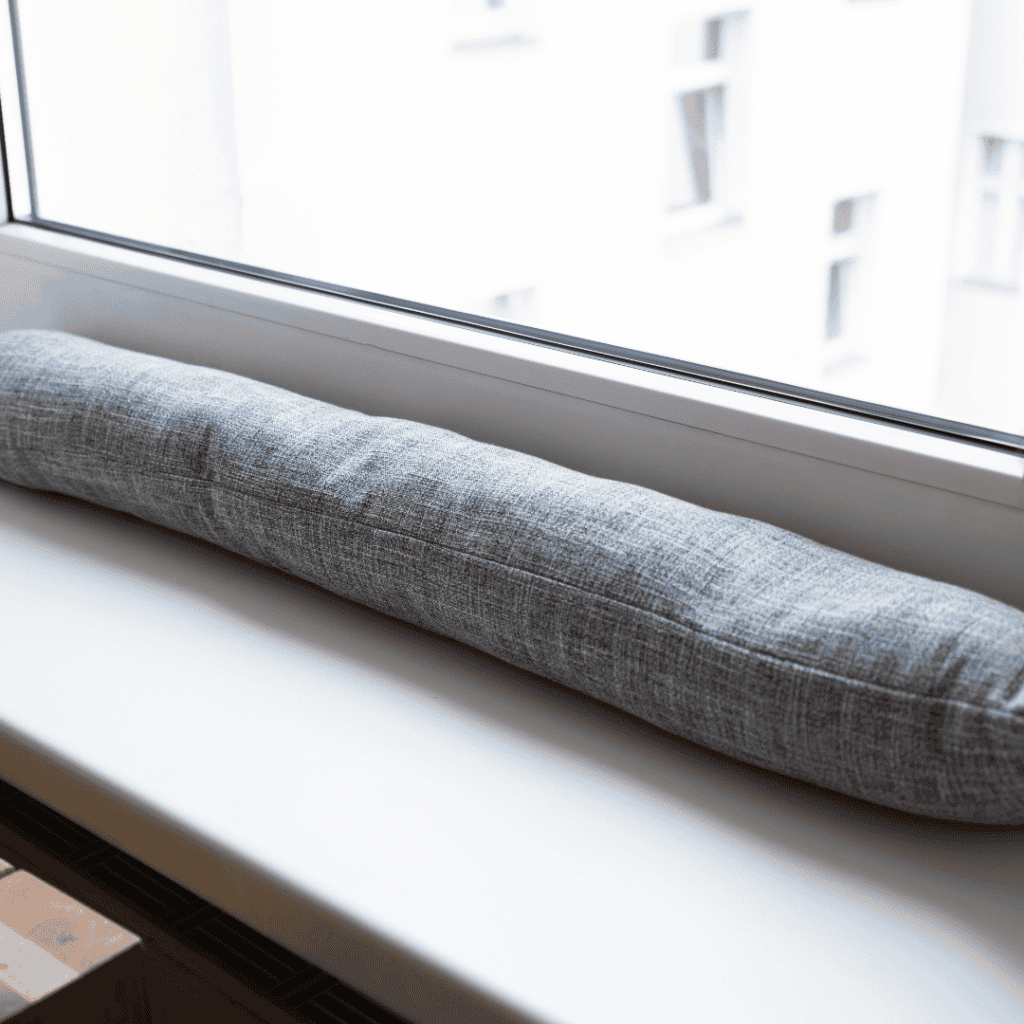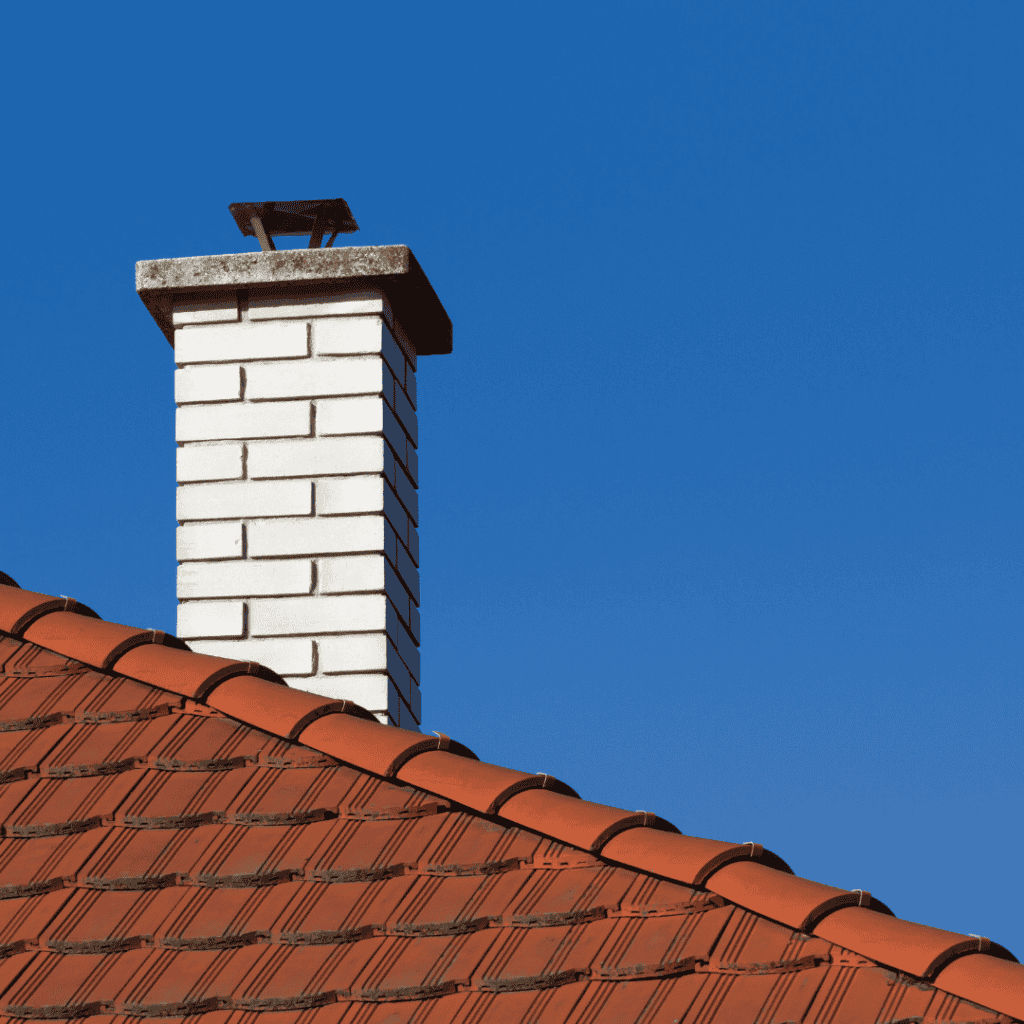New Homeowner? Start Here: Fall Maintenance You Can’t Skip
As a new homeowner, you may feel overwhelmed with the tasks needed to prepare your home for fall.
Don’t worry—this checklist is designed to help you understand what needs to be done and why it’s important. From sealing drafts to inspecting your furnace, each task will ensure your home remains comfortable, safe, and energy-efficient throughout the winter.
Let’s break down the steps you need to take to protect your investment and keep your family cozy during the colder months. Here’s where to start and what to do.
Essential Fall Maintenance Checklist
This post may contain affiliate links, meaning I make a commission if you purchase through my links, at no extra cost to you. Disclosure here
1. Check for Drafts

Drafts can make your home uncomfortable and increase energy bills. Here are practical steps to identify and fix drafts:
Common Areas to Check
- Windows: Feel for drafts near frames and install weather-stripping if necessary.
- Doors: Use door sweeps to seal gaps at the bottom.
- Chimneys: Ensure the damper is closed when not in use, or use a chimney balloon.
- Cracks and Gaps: Seal these areas with caulking or weather-stripping.
- Attics and Basements: Add insulation to these spaces.
- HVAC Systems: Seal ducts with mastic sealant or metal tape.
Methods to Find Drafts
Candle Test: Hold a candle near suspected areas; a flickering flame signals a draft.
Thermal Detector: Use to identify temperature differences on surfaces.
Why Fix Drafts
- Winter: Prevents cold air from seeping in, reducing strain on your heating system.
- Summer: Keeps hot air out, easing the load on your air conditioning.
By following these tips, you can effectively locate and seal drafts, ensuring a more comfortable and energy-efficient home.
No products found.
No products found.
No products found.
No products found.
No products found.
No products found.
No products found.
2. Check Home Safety Devices

Making it a habit to check your home safety devices every fall ensures you remember when it was last done, giving you peace of mind knowing these devices are working correctly and keeping your family safe.
Smoke and Carbon Monoxide Detectors: Replace the batteries at least once a year.
Fire Extinguishers: Inspect the pressure gauge monthly and recharge if the needle is in the “recharge” zone.
Radon Testing: Radon is a radioactive gas that can cause lung cancer. Conducting a radon test helps ensure your home is safe from this invisible threat.
No products found.
3. Clean and Install Storm Windows and Doors

Storm windows and doors can significantly reduce heat loss, making your home more energy-efficient and comfortable during the colder months.
Regular maintenance and proper installation extend the life of your windows and improve overall home insulation.
Preparation: Remove any existing screens or summer storm windows and clean both the windows and frames thoroughly. This helps to ensure a proper seal and improves clarity.
Installation: Install storm windows and doors to enhance insulation. Secure them tightly to prevent drafts and moisture from entering your home.
4. Clean Gutters

Cleaning gutters not only prevents water damage to your home’s foundation and roof but also helps avoid ice dams in the winter, which can lead to costly repairs.
Regular gutter maintenance is essential for protecting your home from potential water damage year-round.
Action: Remove leaves, twigs, and other debris from gutters to prevent clogs and water damage. Use a sturdy ladder and wear gloves for protection. Check downspouts to ensure they are clear and water can flow freely.
5. Clean Humidifiers

Regular cleaning and maintenance of humidifiers prevent the spread of bacteria and mold, ensuring the air in your home remains healthy and free from contaminants, which is especially important during the dry winter months.
Maintenance: Replace old filters regularly to ensure the humidifier functions efficiently and provides clean air.
Cleaning: Soak the interiors with undistilled white vinegar and scrub with a soft-bristle brush. This helps remove mineral deposits and prevent mold growth.
6. Compost Autumn Leaves

Composting reduces waste and provides rich, organic matter for your garden, improving soil health.
Action: Start a compost pile with fall leaves and other garden debris.
Aim for a mix of two or three parts “brown” (leaves, pine needles, sawdust, shredded newspaper) to one part “green” (grass clippings, vegetable and fruit scraps, coffee grounds, eggshells).
Contact your town hall to find out if your sanitation department collects leaves for composting.
7. Disinfect Flowerpots

Disinfecting flowerpots prevents the spread of plant diseases and pests, ensuring healthy growth for next season.
Cleaning Solution from Martha Stewart: Soak in a solution of one part bleach to 10 parts water. Scrub with a stiff brush and dry thoroughly before storing.
8. Rid the House of Dust

Reducing dust improves indoor air quality and reduces allergens, promoting a healthier living environment.
Action: Thoroughly clean dust that has accumulated over the summer from all surfaces, vents, and behind large furniture.
9. Have Your Chimney Inspected and Cleaned by a Chimney Sweep

Regular chimney maintenance prevents fires and ensures proper ventilation, keeping your home safe.
Action: Hire a professional to inspect and clean your chimney.
10. Have Your Furnace Inspected

Regular furnace maintenance ensures efficient operation, reduces energy costs, and prevents breakdowns during the cold months.
Action: Hire a professional to check for leaks, replace filters, and condition the system for winter use.
11. Inspect Trees

Prevents potential damage to your home and power lines, ensuring safety during storms.
Action: Look for limbs that interfere with power lines or come too close to the roof. Trim them to prevent damage.
12. Order Firewood

Having a stockpile of firewood ensures you stay warm during power outages and provides a cozy atmosphere.
Action: Ensure you have enough firewood for the winter.
13. Organize the Shed

Organizing the shed protects supplies from damage and ensures you can easily access snow removal equipment when needed.
Action: Remove any liquids that will freeze, transfer fertilizers from cardboard to metal or plastic containers, and move snow and ice removal equipment to the front for easy access.
14. Prepare Flowers

Prepares your garden for winter, protecting plants and ensuring a healthy return in the spring.
Action: Deadhead annuals and perennials, wrap fragile shrubs with burlap, and mulch garden beds after the soil freezes to prevent soil heaving.
15. Remove Window Air-Conditioning Units

Properly storing air-conditioning units prevents damage and extends their lifespan.
Maintenance: Clean filters and drain water before storing the units.
16. Service Snow Blower and Purchase Gasoline

Being prepared for snow ensures you can clear your driveway and walkways promptly, improving safety.
Preparation: Ensure your snow blower is in working order and stock up on gasoline.
17. Service Sprinklers

Properly winterizing your sprinkler system prevents damage from freezing temperatures, saving on costly repairs.
Professional Help: Have your sprinkler system drained and serviced. Flag heads near driveways or walkways to avoid damage during snow removal.
No products found.
18. Take Down Outdoor Clothesline

Protects your clothesline from harsh weather, extending its usability.
Action: Store the clothesline to prevent damage from winter weather.
19. Turn Off Faucets and Roll Hoses

Prevents pipes from freezing and bursting, which can cause significant water damage.
Action: Turn off outdoor faucets, roll up hoses, and store them for the season.
No products found.
What’s Next?
For more handy advice on caring for your outdoor space, garage, or handling home repairs, be sure to follow us on Pinterest. We share loads of great tips and tricks to help you make the most of your home. Join us on Pinterest today!
Your Lawn need to be fixed? Check our Spring Lawn Maintenance Tips
Looking for a cost-effective way to enhance your new home’s curb appeal? Learn How To Replace An Outdoor Light Fixture
Need to soundproof your basement? Follow our simple guide to learn how to install basement ceiling insulation






